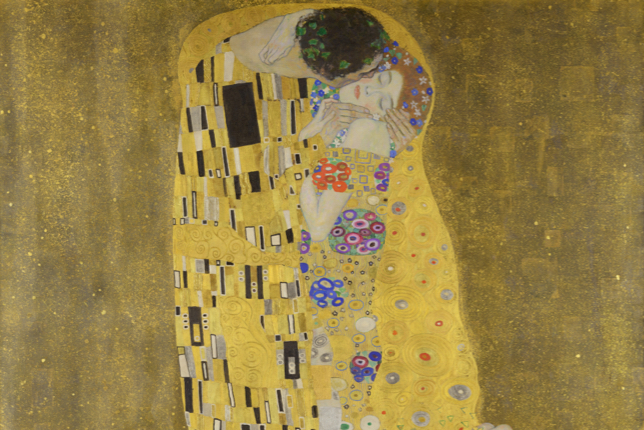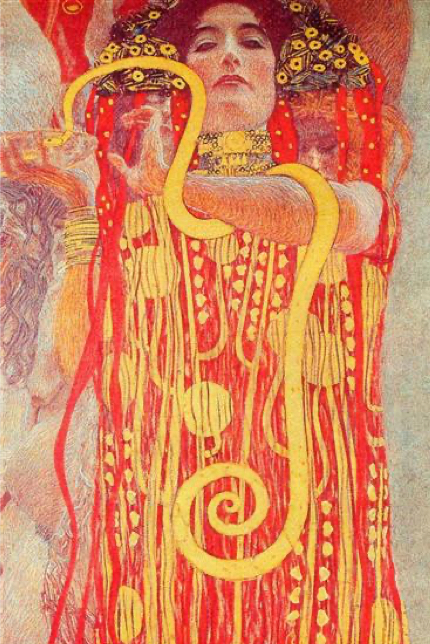Today we talk about the career of the Austrian artist Gustav Klimt who was the founder of the Vienna Secession movement of the late 19th century. We invite our readers to get acquainted with the most interesting facts about the famous artist.

- The Austrian painter was born in 1862 into the working-class family of Ernst Klimt and Anna Finster. Gustav Klimt was raised in the small suburb of Baumgarten, southwest of Vienna. . In his childhood, Klimt, like his brothers, showed great artistic talent. The artist came into adulthood at the dawn of the Golden Age of Vienna’s industrial and scientific revolution.
- Ten years later, he would become one of the founders of his own Viennese artistic revolution, the Vienna Secession movement or Sezessionstile movement. The movement’s aim was to separate itself from the more academic and official artistic landscape by creating its own creative milieu.
- In his commitment to his craft, Gustav Klimt was anti-academic, preferring instead a holistic and less formalized approach. Wanting to end the formal division between the large and decorative arts, the Secession art movement that swept Europe in the early 19th century caused a “break” with artistic tradition.
- The Austrian painter was in love with the female form. This can be seen not only in his work but also in personal life. Klimt had numerous love affairs throughout his life, and by the time of his death, he is said to have fathered 14 illegitimate children. The Kiss (1908), without a doubt his most famous work, was inspired by Emilie Flöge, his longtime muse. Flöge was his daughter-in-law, and although Klimt was deeply in love with her, he never married, preferring to devote his life to painting.
- In total Klimt produced three large ceiling paintings for the Viennese university’s Great Hall, namely Philosophy (1897-98), Medicine (1900-01) and Jurisprudence (1899-1907). The Viennese university paintings were never installed and marked the end of Klimt’s institutional commissions. The paintings have generated considerable controversy, especially for the nudity they depict.
- The Vienna Secession movement was also highly political. Artists gathered in opposition to the Künstlerhaus collective, a group of conservative artists. The goals of this movement were to unite the creative forces of the country, and more broadly Europe, to promote the international exchange of ideas and combat the nationalist impulses that appeared at that time.
- The voice of the Vienna Succession’s campaign was carried through many creative-led magazines. Their official magazine was called Ver Sacrum (Sacred Spring, in Latin). The Vienna Secession movement is based on the youthful philosophy of Jugendstil or “young style”. When a new era dawned in Vienna, young creative people came together to banish conservative artistic traditions into the past.
- The Viennese Secession is a movement with more organic and vegetal accents in opposition to the more geometric Art Nouveau. The style featured representations of plant or animal elements such as birds and fish, and a rich array of tropes of flora and fauna in compositions that appear highly stylized.
- Klimt’s obsession with the gold leaf technique is partly inspired by Byzantine mosaics. Icons and the technique of gilding illuminated medieval manuscripts also served as inspiration.
- Gustav Klimt was a revolutionary before he was a creative. His life’s work to establish an anarchist movement against artistic tradition is what has given his artworks transcendental value.

























